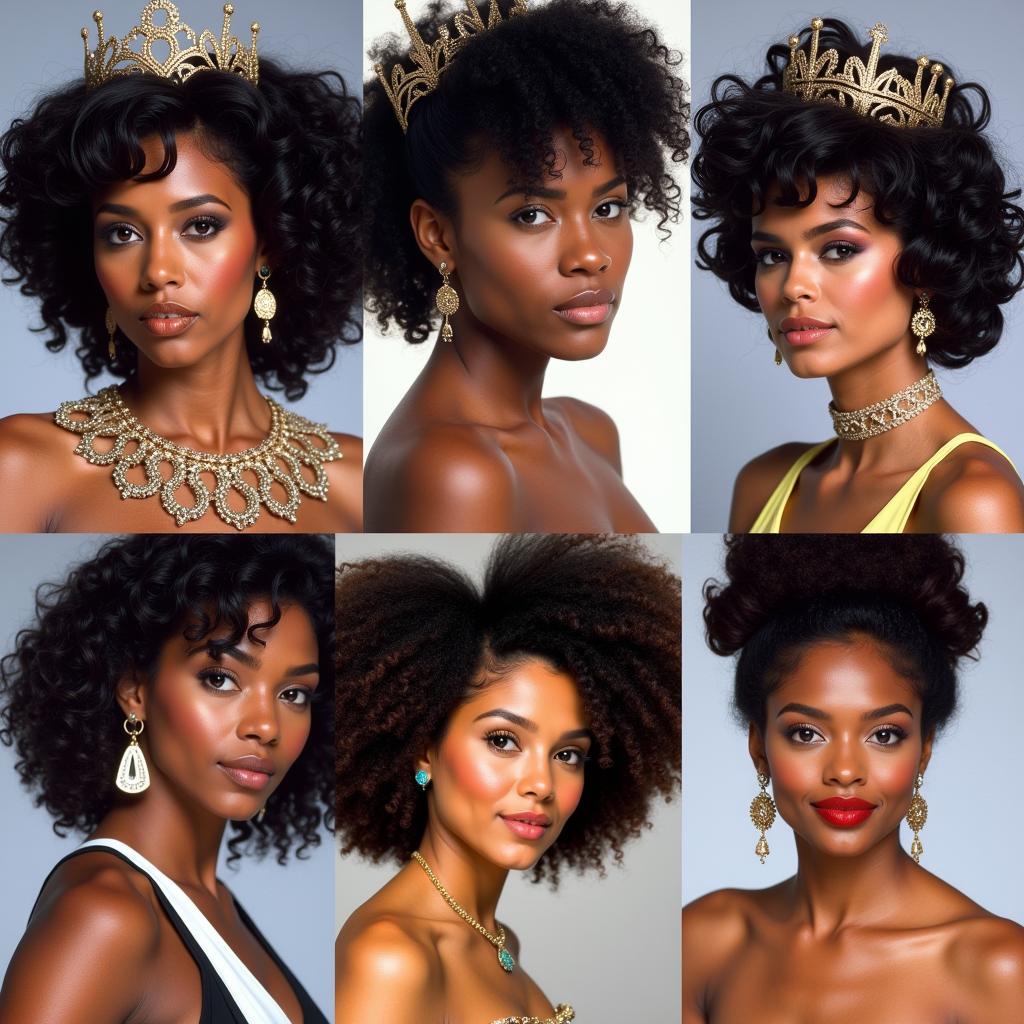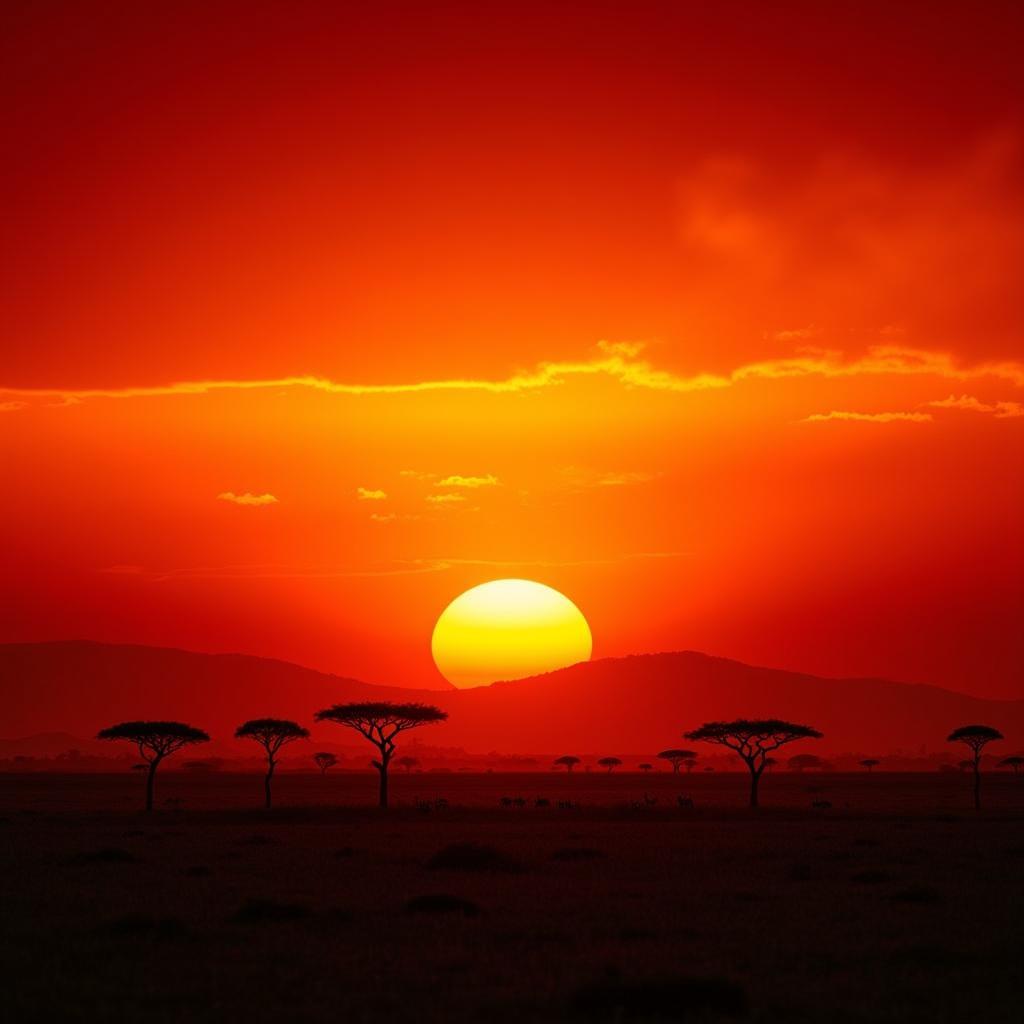African Hair Bun: A Cultural Symbol of Beauty and Strength
The African Hair Bun, a timeless style that has been worn by women across the continent for centuries, is more than just a hairstyle—it’s a cultural symbol of beauty, strength, and identity. This iconic look has evolved over time, incorporating diverse materials, shapes, and decorative elements that reflect the rich tapestry of African traditions and aesthetics.
The History of the African Hair Bun
The African hair bun’s roots run deep into the continent’s history, with evidence suggesting its presence in various ancient civilizations. In ancient Egypt, women of all social classes adorned their heads with intricate hair buns, often decorated with beads, jewels, and elaborate headbands. The bun served a practical purpose as well, keeping long, thick hair neat and out of the way during daily activities.
Cultural Significance of the African Hair Bun
Across different African cultures, the hair bun carries profound cultural significance. In many communities, it symbolizes a woman’s maturity, femininity, and status. The way a bun is styled can often reveal information about a woman’s tribe, marital status, and social standing.
A Symbol of Pride and Identity
“The African hair bun is a symbol of pride and identity,” explains Aisha Mbowe, a renowned hair stylist and cultural historian from Tanzania. “It represents our heritage, our resilience, and the beauty of our diversity.”
In modern times, the African hair bun has become a powerful symbol of cultural affirmation, especially among the African diaspora. The style serves as a visible reminder of ancestral roots and a way to celebrate black beauty in a world that often seeks to erase or marginalize it.
Types of African Hair Buns
The African hair bun comes in an endless variety of styles, each with its own unique name and cultural significance. Some popular variations include:
-
The Bantu Knots: These small, tight buns are commonly found in many sub-Saharan African countries, particularly in South Africa, Kenya, and Zimbabwe. They are often used as a protective style and can be styled in various intricate patterns.
-
The Afro Puff: This large, voluminous bun is a staple of the African American community, particularly in the 1960s and 1970s, when it became a symbol of black pride and self-expression.
-
The Ghana Braids: These intricate, braided buns are often worn by women in Ghana, Nigeria, and other West African countries. They are typically styled with beads, shells, and other decorative elements, reflecting the vibrant colors and textures of West African culture.
-
The Fulani Braids: These unique braids are characterized by their intricate patterns and the use of small beads or charms. They are often worn by women in the Fulani communities of West Africa, showcasing their distinctive cultural identity.
The Evolution of the African Hair Bun
The African hair bun has undergone a remarkable evolution in recent years, embracing new techniques, materials, and styles. Hair extensions, weaves, and braiding techniques have expanded the creative possibilities, allowing for more elaborate and expressive hairstyles.
A Platform for Creativity and Self-Expression
“The African hair bun is a canvas for creativity and self-expression,” says Ngozi Nduati, a Kenyan hair stylist and entrepreneur. “It allows women to experiment with different textures, colors, and designs, reflecting their unique personalities and cultural heritage.”
Conclusion
The African hair bun is a testament to the rich cultural heritage of Africa, a symbol of beauty, strength, and identity. From ancient civilizations to modern times, this iconic hairstyle has played a significant role in shaping the aesthetics, traditions, and values of African communities worldwide. Its enduring popularity and continued evolution demonstrate its enduring power as a form of self-expression and cultural pride.
FAQ
Q: What are the benefits of wearing an African hair bun?
A: The African hair bun offers several benefits, including protecting natural hair from damage, promoting hair growth, and providing a versatile style that can be adapted to different occasions.
Q: How do I choose the right African hair bun style for me?
A: Consider your hair texture, face shape, and personal style when choosing an African hair bun. Experiment with different styles and find one that complements your features and makes you feel confident.
Q: Is it appropriate for people outside of Africa to wear African hairstyles?
A: It is important to approach cultural appropriation with respect and sensitivity. While it’s perfectly acceptable to appreciate and admire African hairstyles, it’s crucial to acknowledge their cultural significance and avoid disrespecting or exploiting them.
Q: Where can I find inspiration for African hair buns?
A: There are numerous resources available online, including websites, social media platforms, and YouTube channels dedicated to showcasing African hair buns and other hairstyles. You can also find inspiration from cultural events, fashion magazines, and hair salons specializing in African hair.
Q: What are some tips for maintaining an African hair bun?
A: To keep your African hair bun looking its best, use a moisturizing conditioner, avoid excessive heat styling, and get regular trims.
Q: Are there any hair products specifically designed for African hair buns?
A: Yes, many hair care brands offer products specifically designed for African hair, including moisturizing shampoos, conditioners, and styling gels. These products can help to keep your hair healthy, hydrated, and easy to style.
Q: Can I wear an African hair bun if I have thin hair?
A: Yes, there are several African hair bun styles that work well for thin hair. Try styles that use extensions or braiding techniques to create volume and fullness.


